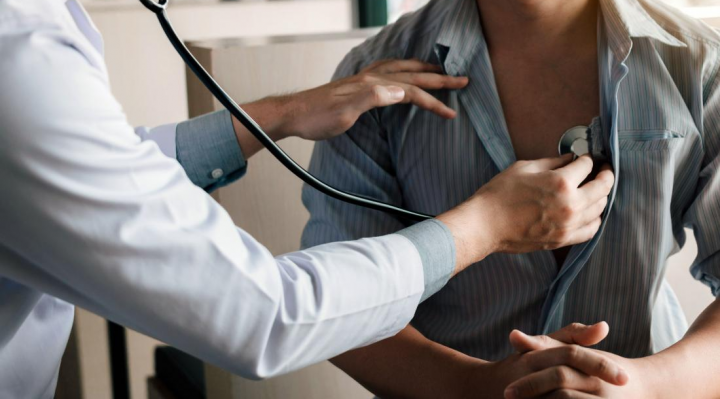What happens during a physical examination? What are the goals of a physical exam? How can it be tailored to a patient’s needs? You can expect to be asked to do various physical examination maneuvers. Remember to be polite and interest-based when speaking with the patient. It would be best not to yell at the patient or use imperative language. The examination may be uncomfortable, but the patient must know that they are expected to undergo this process. You can learn more in the physical examinations California as well.

It’s a preventive measure.
Annual physical exams help detect symptoms of disease and can help limit health problems before they become severe. An annual physical can also develop a baseline of chronic illnesses and identify minor changes. During these examinations, doctors can also review medications and dosages. Physical exams also help determine the onset of chronic diseases like diabetes or cancer. Physical examinations also allow doctors to assess the effectiveness of treatment plans and make changes when necessary.
A routine physical examination is essential for the prevention of many diseases. Doctors use it to diagnose severe illnesses and monitor disease severity. However, despite the importance of physical examinations, many medical errors and adverse effects are caused by improper physical exams. A study published in Critical Methods found that only 20 percent of physical examination data is sufficient for a diagnosis. The results of a physical examination should be thorough and up-to-date to improve patient care.
It’s a diagnostic tool.
Until recently, physicians relied mainly on their five senses to diagnose their patients. These senses include sight, touch, sound, and smell. Today, doctors use the power of medical technologies. For example, a physical examination, or a complete blood count, can provide much information about a patient’s condition. It helps doctors make the correct diagnosis and guide patients toward the appropriate treatment. The physical examination is a vital diagnostic tool that helps physicians diagnose illnesses and avoid harm to their patients. While physical examinations may change over time, their frequency and content remain critical. When a physician becomes more experienced, they may opt to customize a physical exam to suit a specific patient, but they might miss out on clinical data. For this reason, a physician must consider the limitations of virtual care when planning a physical examination.
It’s a screening tool.
Physicians perform physical examinations to determine employees’ health and identify potential workplace illnesses. Physical examinations are essential screening tools that help confirm suspicions based on history, and they also help prompt new questions. There are various types of physical examinations, from observation to stethoscope listening. Lecturio’s Physical Examination video course will teach you the different types of physical exams. It also covers how to perform the various kinds of tests.
A physical exam consists of several steps, including blood tests to detect certain diseases and pathogens and urine tests to evaluate the kidneys and urinary tract health. Some examinations also include a test for sputum and stool cultures. Other tests include computer tomography and magnetic resonance imaging (MRI) scans. Electrocardiograms are also necessary to monitor the activity of the heart. Further tests may consist of sleep studies and home monitoring devices.
You can tailor it
Tailoring healthcare to individual needs has been practiced for centuries. Today, advanced techniques such as machine learning and neural networks for care management are transforming the raw data in electronic health records into usable information. These techniques enable healthcare professionals to explore new approaches. For example, in physical examinations, the concept is beneficial to ensure that each patient receives the correct type of treatment. The goal is to help the patient improve their overall quality of life.
It’s a preventative measure.
A physical examination is an integral part of your health and wellness routine. These exams can reveal potential health problems and help your doctor determine the best treatment for you. They can also save your life. While you should exercise and eat a nutritious diet, a physical examination is still essential for your preventative medicine program. Preliminary physical examinations are a leading cause of medical errors and adverse health effects. Studies have shown that doctors need 20 percent of physical examination data to diagnose symptoms properly. That’s why yearly exams are so important. Physical examinations can also detect problems early. However, they shouldn’t replace your regular checkups.



